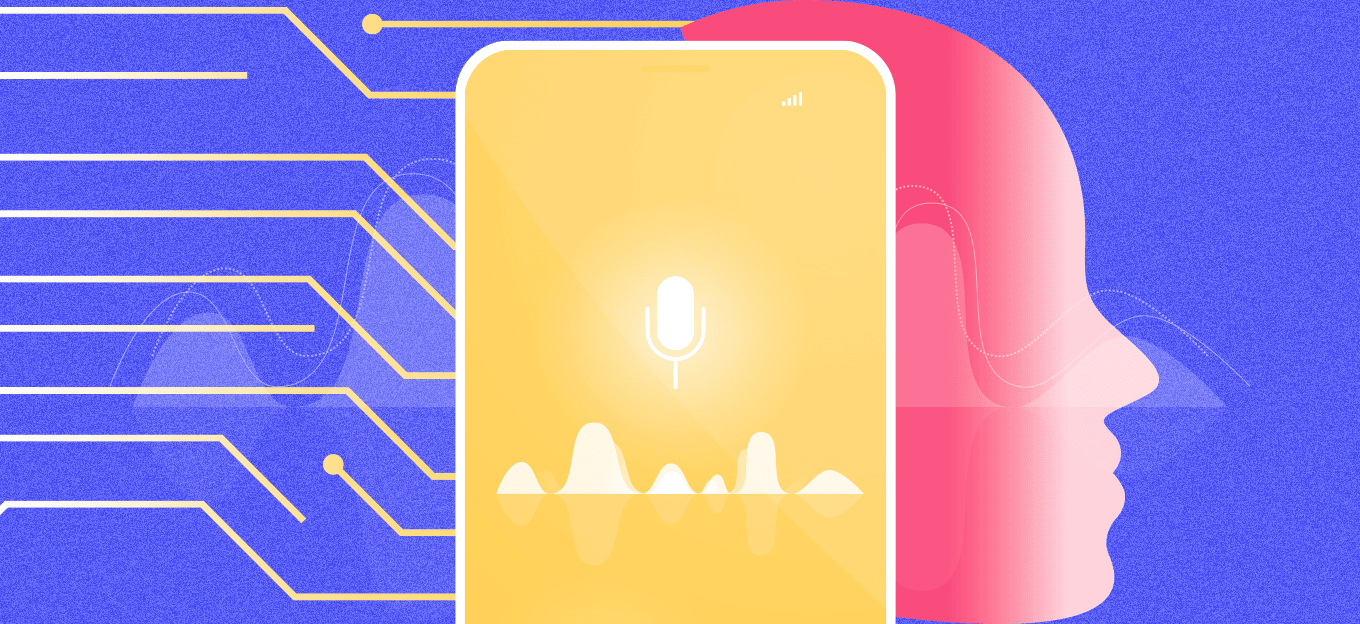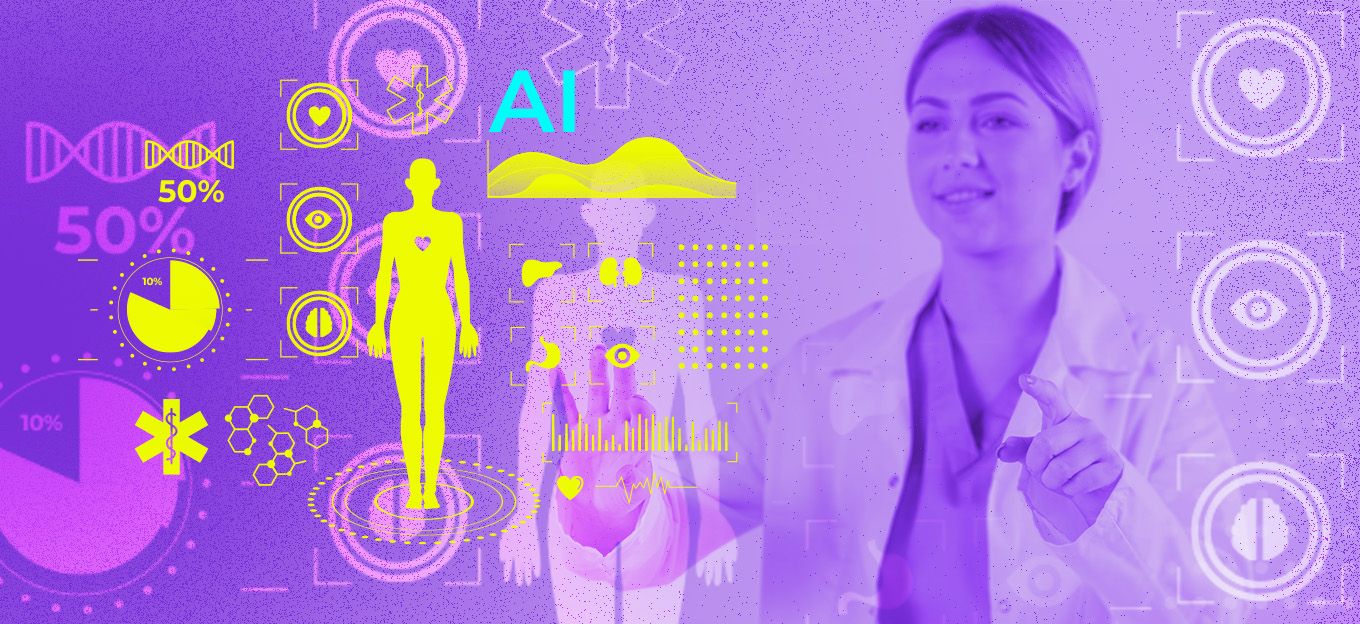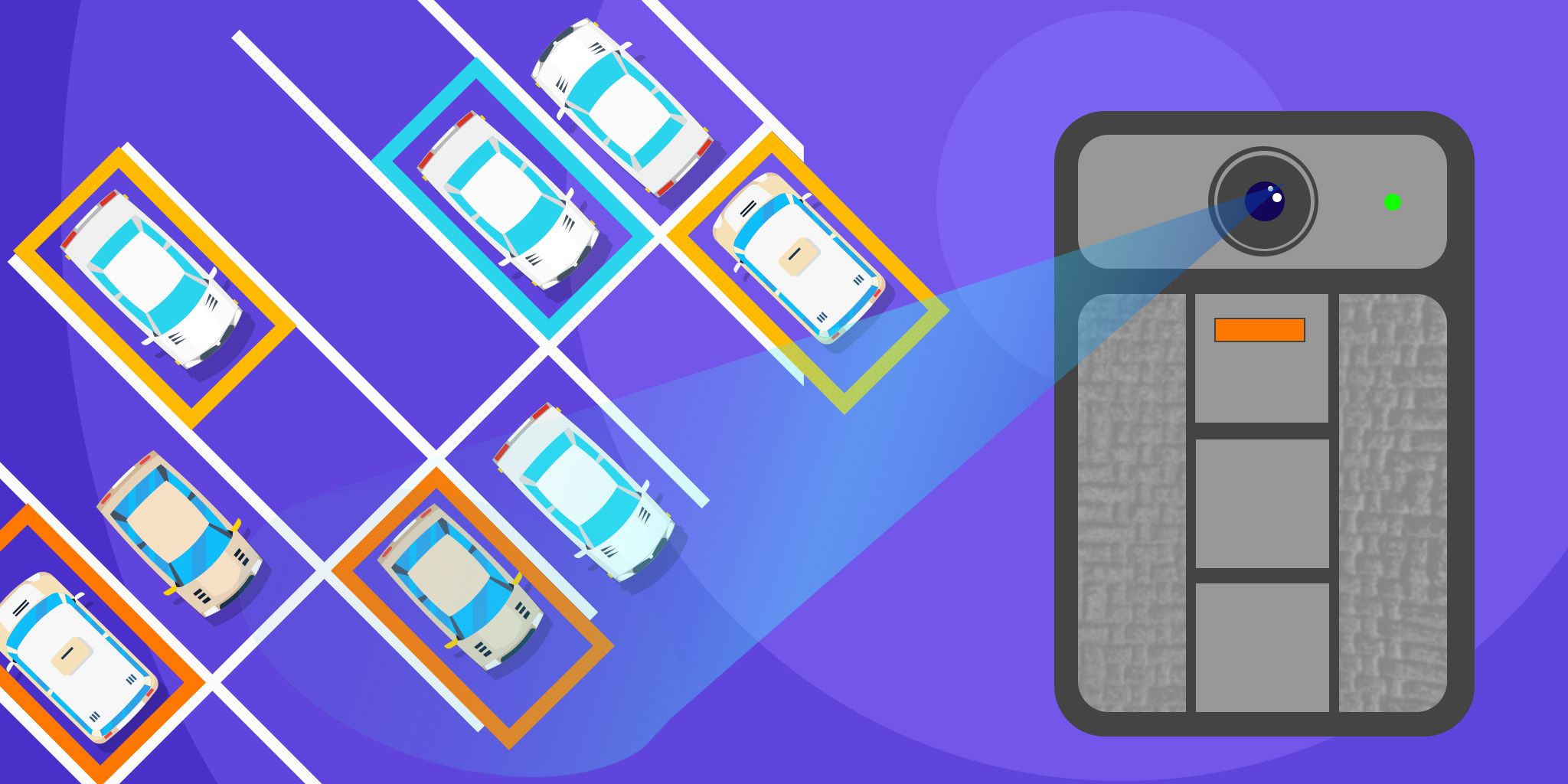How AI is Changing Video Production
How AI is Changing Video Production
- Last Updated: May 14, 2025
Andrej Kovacevic
- Last Updated: May 14, 2025



Artificial intelligence (AI) and machine learning are revolutionizing many industries, including video production. Whether you use video as a marketing tool or are interested in creating videos to enhance your website and social media, here’s how AI transforms how videos are made.
Automated Editing
One of the most time-consuming parts of video production is editing the raw footage together. AI tools are now emerging that can automate parts of the editing process by analyzing footage and making edits automatically.
For example, tools can scan videos to find the best shots, trim clips to optimal lengths, and suggest creative transitions between scenes. Tools like LTX Studio, Clipify.ai, and Luma AI can even turn flat images into video clips.
This allows video creators to focus more on the creative aspects of storytelling and less on technical editing tasks. The automated editing capabilities of AI can help both amateur and professional video creators by making the editing process faster and more efficient.
Visual Effects
Adding visual effects to videos has traditionally taken a lot of manual effort and expertise. However, AI algorithms are getting much better at generating realistic visual effects like fire, smoke, explosions, etc automatically.
Video makers can simply indicate where they want an effect to appear and AI handles creating photorealistic effects that would have taken hours or days previously. This expands the visual possibilities for all video creators. Even indie filmmakers now have access to Hollywood-level visual effects through AI tools.
Video Summarization
It can be tedious to watch hours of raw video footage to find the most relevant or interesting clips. AI solutions are emerging that can analyze long videos and automatically create short summaries by extracting the most informative or representative segments.
This “video summarization” functionality lets creators quickly get the gist of long videos. It saves a tremendous amount of time reviewing footage. Summarization can also be used to create teasers or trailers by identifying the most compelling parts of a full video.
Interactive Video
AI is enabling more interactive video experiences. For instance, tools are being developed that automatically generate tags and a visual outline for a video based on analyzing the visual and audio contents.
Viewers can then click on tags to jump to certain topics within the video or get personalized video recommendations. This makes videos more engaging and educational. Interactive elements keep viewers more actively involved and lead to better video engagement metrics.
Search and Discovery
As the amount of video content grows exponentially, finding relevant clips and sequences within large video libraries is becoming increasingly challenging. AI algorithms are getting much better at analyzing video content and automatically tagging videos to optimize search and discovery.
This allows creators to easily search their own media libraries and helps viewers find videos relevant to their interests. Accurate auto-tagging makes it easier for videos to be found by search engines as well. This improves the discoverability of videos, enabling them to reach a wider audience.
AI is having a profound impact on video production by automating time-consuming tasks, enabling complex effects, summarizing/interacting with video, and improving search and discovery. While human creativity is still essential, AI is dramatically improving productivity, increasing quality, and enabling new video formats and experiences.
The rapid advances in AI will continue to shape the future of how videos are produced and consumed.
The Most Comprehensive IoT Newsletter for Enterprises
Showcasing the highest-quality content, resources, news, and insights from the world of the Internet of Things. Subscribe to remain informed and up-to-date.
New Podcast Episode

What is Hybrid Connectivity for IoT?
Related Articles





